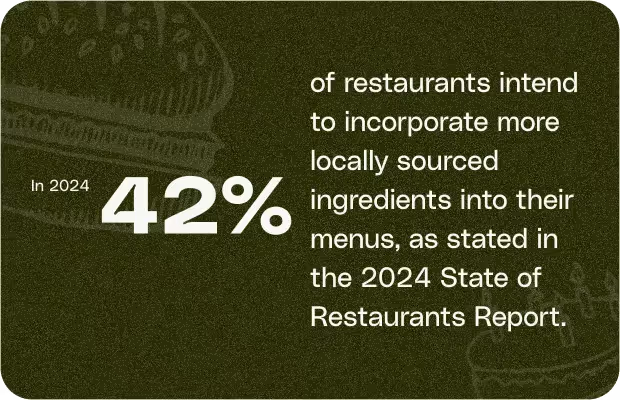To lower operating costs, conduct a comprehensive cost analysis of your business. Examine all cost centers, including food, beverages, labor, rent, utilities, and maintenance. Look for areas where you can reduce waste and optimize efficiencies. For example, standardizing portion sizes and reengineering your menu to focus on the most profitable items can help cut food costs significantly. Negotiating better pricing with suppliers and evaluating how to improve staff productivity may also yield substantial cost savings.
Staff costs greatly affect restaurant expenses. Hiring too many workers, ineffective scheduling, and high employee turnover can raise these costs. To address this, restaurants should focus on making work more efficient. This means better scheduling, comprehensive training, and creating a positive workplace culture. By solving staff-related challenges, restaurants can save money and have a skilled and satisfied team, which helps the business succeed long-term.

A four-day workweek reduces operating costs by decreasing utility usage and staffing needs. Many businesses find a four-day schedule increases employee satisfaction and productivity while still enabling the same operating hours and revenue. The key is ensuring you have adequate staffing and resources to operate efficiently in a shorter time frame. If a four-day week is not feasible, consider other flexible schedules that meet your needs.
Menu engineering is essential for cost control and profitability. Evaluate sales data to determine your most popular and profitable items. Consider raising prices for select menu items, bundling complementary items at a lower cost, or removing underperforming options. Updating menus to focus on high-margin products and simplify kitchen operations can reduce costs substantially.

Carefully monitoring inventory levels and effectively forecasting demand is key to minimizing waste and ensuring you have enough stock to satisfy customers. Use data from your point-of-sale system to make informed predictions about what and how much to order. Develop a logical receiving and storage system to prevent spoilage. And consider using just-in-time inventory management to receive more frequent, smaller shipments to match demand. This approach reduces the risk of overstocking while maintaining freshness.
Look for ways to simplify and expedite all operations, from food preparation to customer service. Cross-train staff, implement procedural checklists and take advantage of tools that can automate manual tasks. When operations are efficient, costs are contained and the customer experience is enhanced.
